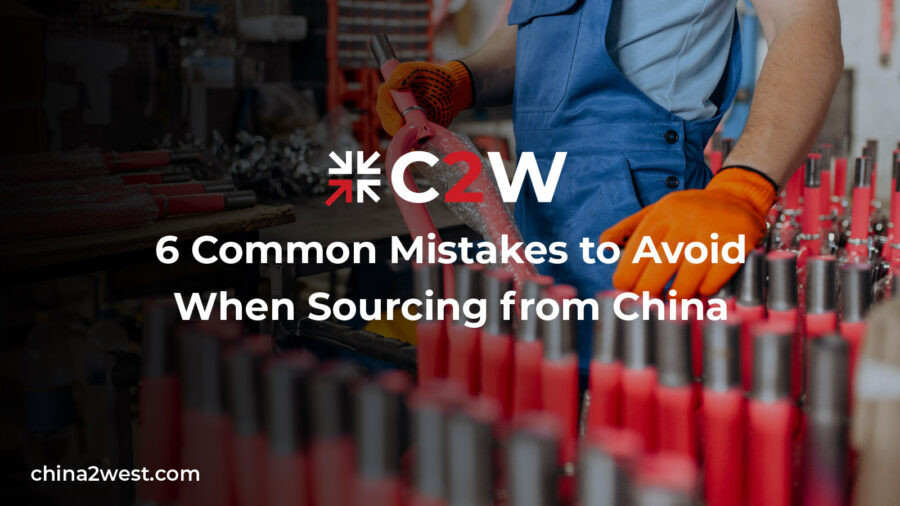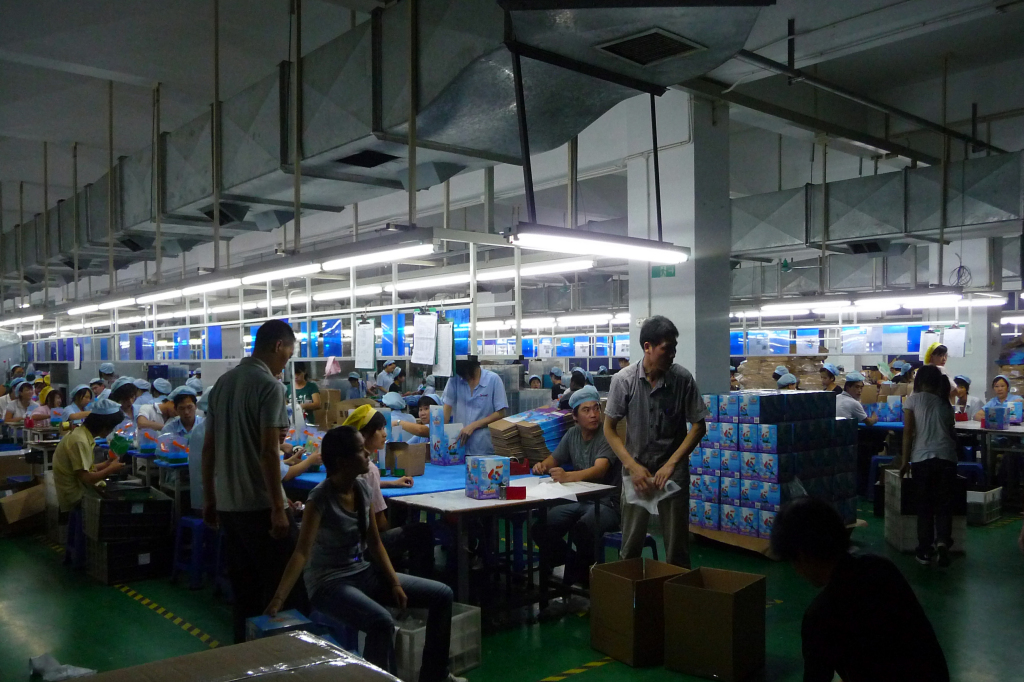Sourcing from China is never off the table for most Western businesses. Not only you can lower your costs, but you also can receive good quality products which enable you to build a strong reputation for your business.
However, dealing with Chinese sourcing suppliers requires skill and experience. After all, putting a large sum of money to liaisons overseas companies can be risky in a way.
Here are 6 common mistakes you should think about before sourcing from China.
Not developing a sourcing strategy
A detailed and implementable sourcing strategy can help you save a lot of time and money when sourcing from China.
Before contacting any supplier, put everything down in writing about the general idea of the Chinese culture like the holidays, high seasons as well as turnaround times. For example, during the Chinese New Year, the biggest holiday in China begins in January or February, there will be a 2-to-4-week window without any workforce in the companies.
Therefore, you should Increase your inventory beforehand to avoid being out of stock for at least one month after Christmas in the USA.
Not being careful to the compliance
Read all the requirements for importing in the US or Europe beforehand. It’s better for you to figure out the rules for importing products before placing any orders.
Especially when you want to source products related to food, cosmetics, or products that apply to the human body, same for electronics and toys, a lot of products will require different certifications or tests depending on where they will be sold. You should check if the products can be shipped to your destination. In addition, you need to confirm what certifications are necessary before you arrange your manufacturing orders.
Not confirming about the sample
Ordering samples from different suppliers is standard practice for buyers.
However, when it comes to the sample fee, how do you deal with it? Some sourcing companies offer samples for free, but you need to pay the international delivery fee. Some suppliers charge the sample fee, but you can get a refund when you place the order. Therefore, not only do you need to compare the product from different suppliers, but you need to confirm which plan works the best for you.
Not verifying the supplier
When you decide to cooperate with your ideal supplier, it’s important to check references, and request proof of legitimacy, oftentimes, in sites such as Alibaba, suppliers that claim to be the manufacturers are just middlemen, which can result in a higher price, miscommunication issues and lack of full control over your production.
You need to do due diligence and verify the documents to confirm whether they are legitimate or not.
Not communicating clearly
The misunderstanding between western and Chinese happen at any time because most Chinese cannot speak English well enough.
Also, you should not count on online translation when you do real business. In addition, your supplier may not go through your entire specification document.
In this case, you need to be as simple and clear as possible during the communication with your suppliers. Try to use short and succinct words to describe your requirement. For example, when you need the product to be yellow, you specify Pantone yellow 108 C to increase the chance of clear understanding.
Not utilizing inspection services
When you buy from a supplier, it’s impossible that there is zero defect in each product. So, you will want to know what type of defect in your product and how can it affect your product functionality. Therefore, you’d better hire a third-party inspection service to check the product quality for you. An experienced inspector can find the major defect in the product and write a detailed report, so you have no reason to worry about the customers complain about the product quality.
Even purchasing in China is not something fresh, there are still many people who get ripped off when dealing with a Chinese supplier. If you want to know more about sourcing from China, contact us today!


